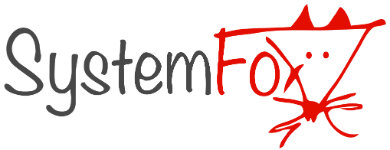SAP Single Sign-On (SSO) is a solution provided by SAP that enables users to access SAP and non-SAP systems securely with a single set of credentials. SAP SSO streamlines the authentication process, enhancing user convenience and security.
Key components of SAP SSO include:
- SAP Secure Login Client (SAP SLC): This is a software component installed on user devices (such as PCs or mobile devices) that provides secure authentication to SAP systems. It supports various authentication methods, including Kerberos, X.509 certificates, and SAML tokens.
- SAP Authentication Ticket (SAP Logon Ticket): After successful authentication, SAP SLC obtains an SAP authentication ticket, also known as an SAP Logon Ticket. This ticket is used to authenticate the user to SAP systems without requiring additional logins.
- SAP NetWeaver Single Sign-On (SAP NW SSO): This is a comprehensive solution for SSO provided by SAP. It includes components such as SAP Secure Login Server (SSO2), SAP Secure Login Web Client (SLWC), and SAP Identity Provider (IdP). SAP NW SSO supports various authentication methods and integrates with SAP and non-SAP applications.
- SAML Authentication: SAP SSO supports Security Assertion Markup Language (SAML) authentication, allowing users to authenticate once with an identity provider (IdP) and access multiple SAP and non-SAP applications seamlessly.
- Kerberos Authentication: SAP SSO supports Kerberos authentication, enabling users to authenticate automatically to SAP systems using their Windows Active Directory credentials.
- X.509 Certificate Authentication: SAP SSO supports X.509 certificate-based authentication, allowing users to authenticate securely to SAP systems using digital certificates.
- Secure Network Communications: SAP SSO ensures secure communication between user devices and SAP systems using encryption and secure network protocols, such as SSL/TLS.
Overall, SAP SSO provides a convenient and secure way for users to access SAP systems and applications without the need to enter multiple sets of credentials. It enhances user experience, improves security, and simplifies access management for organizations using SAP solutions.
